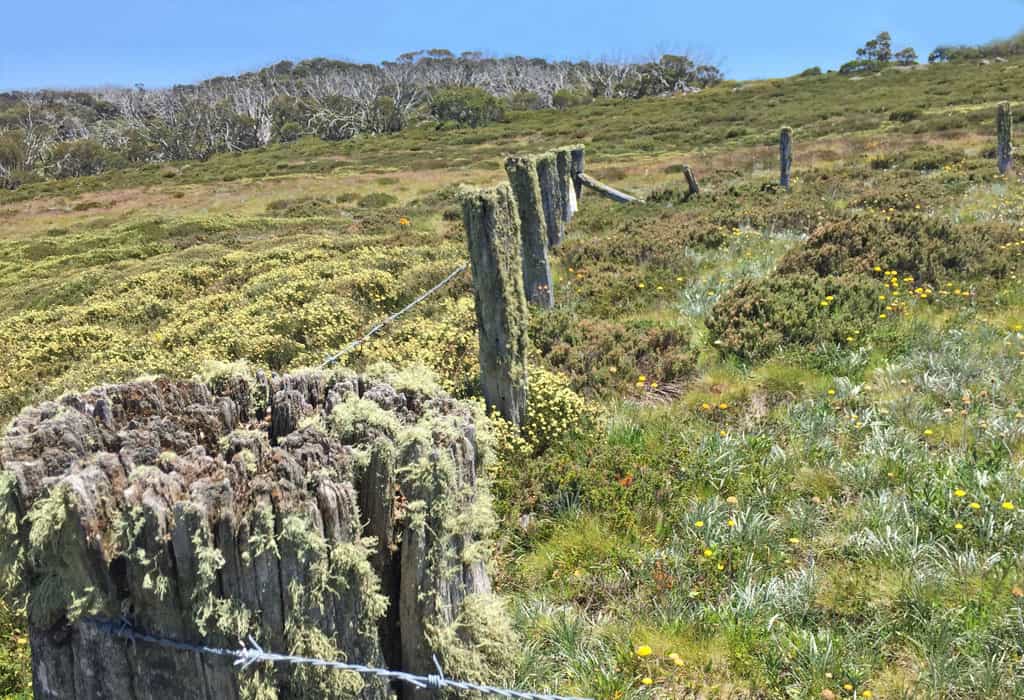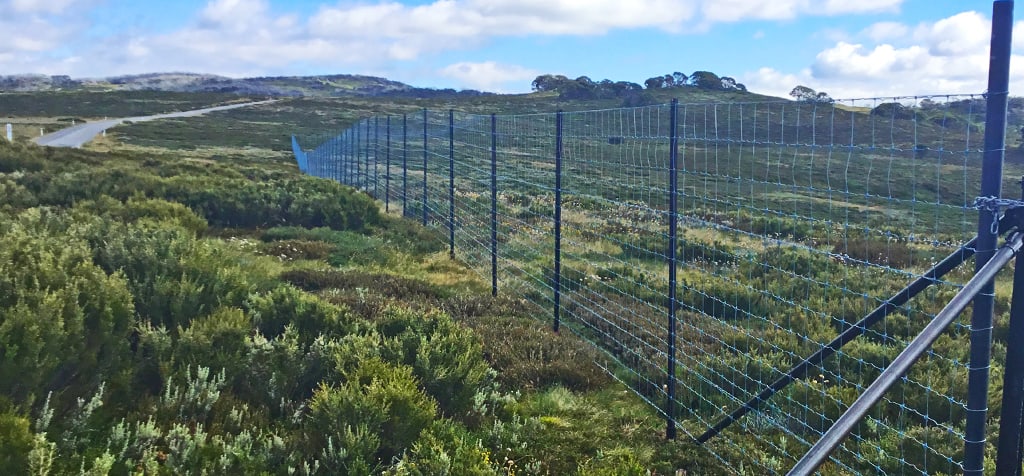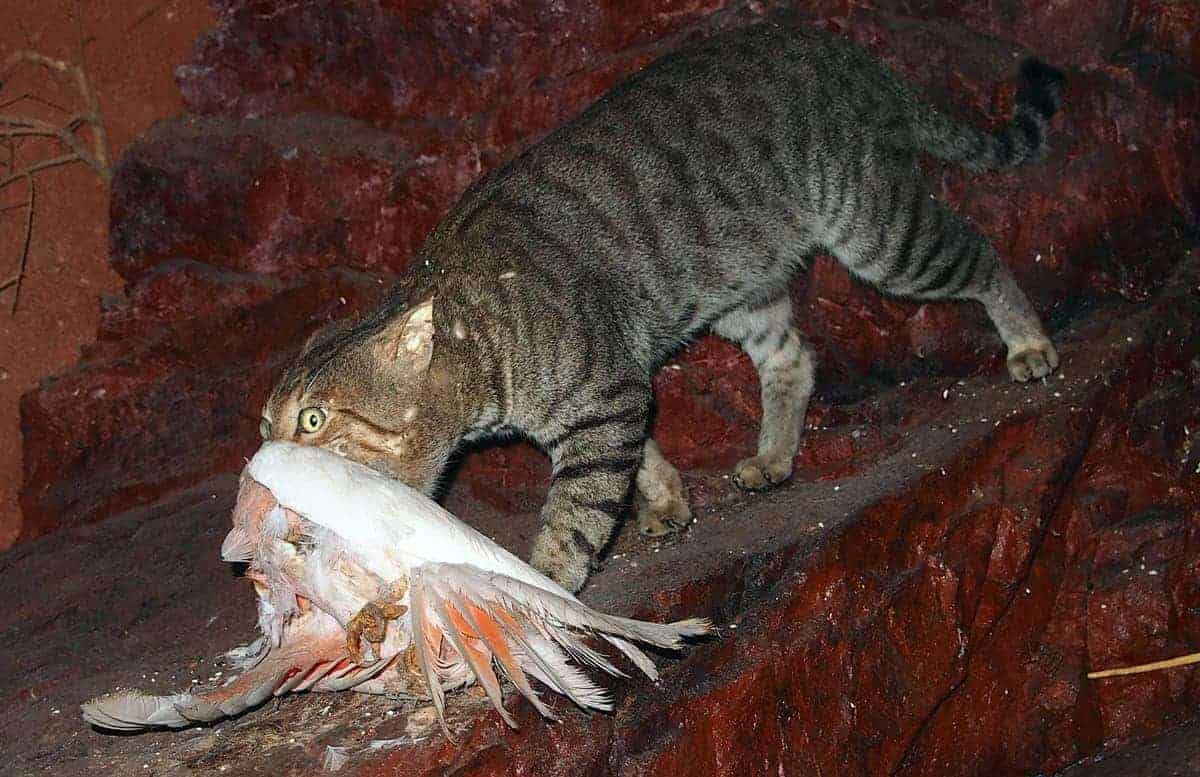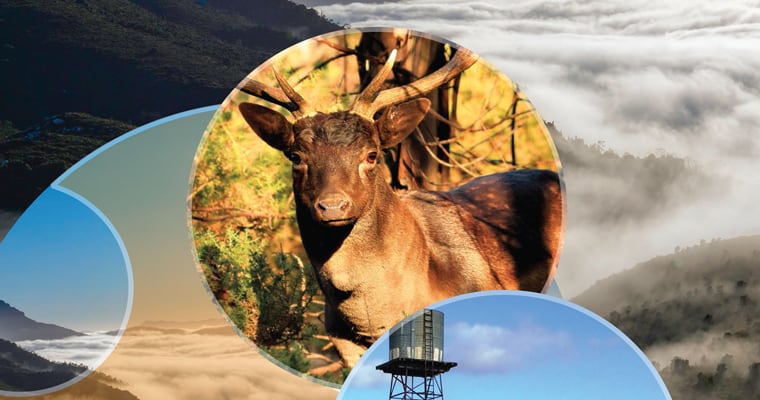The Bogong High Plains is an area of outstanding biodiversity and landscape values in the heart of Victoria’s Alpine National Park, writes our Victorian deer project officer, Peter Jacobs.
For decades conservationists campaigned to have cattle grazing removed due to the serious impacts hard-hoofed grazing animals were having on biodiversity, particularly the sensitive alpine peatlands. Cattle grazing was paused while the area recovered from the 2003 bushfires and the last licences for alpine grazing were finally withdrawn by the Victorian Government in 2006.
Tragically, the area is now under threat from other hard-hoofed introduced animals, more recently, sambar deer, leading to the need for new measures to protect important sites from the impacts of both sambar deer and feral horses.

Research
The Bogong High Plains has been a focus for important alpine research for decades.
In 1945 Maisie Fawcett, a pioneering botanist from Melbourne University, fenced cattle out from a couple of small areas on the high plains south of Falls Creek to test the response of native vegetation to the removal of cattle grazing.
One of those areas, the Rocky Valley site, is a five-hectare exclosure in a small catchment that contains a range of vegetation types – moss beds, snowgrass grassland, open heath, closed heath and a Carex-dominated late lying snowbank. The low fence kept cattle out for some 60 years but was removed after cattle were withdrawn.
Now, with the relatively recent occurrence and impacts of sambar deer on the Bogong High Plains, and the fresh occurrence of feral horses, deer and horse-proof fencing is needed to protect the integrity of the site and continue this critical, long-term research into the impacts of large hard-hoofed animals on alpine ecosystems.

Threatened species
The Bogong High Plains contains a number of rare and threatened species and vegetation communities. Another long-term monitoring site: New Species Gully, contains some of the rarest alpine herbs and forbs in Australia. This includes the Caltha herbland vegetation community, which is listed as threatened under the Flora and Fauna Guarantee Act (1998).
Within that community are a number of endangered species such as cushion caraway (Oreomyrrhis pulvinifica), small star-plantain (Plantago glacialis) and Parantennaria uniceps, all occurring on a delicate stony erosion pavement under a late melt snowpatch.
The value of this area was recognised decades ago and fenced by ecologists to protect it from cattle grazing. This fence was also removed after cattle were withdrawn but sambar deer and feral horses now threaten the integrity of this important site, along with several other similar sensitive and high value sites on the Bogong High Plains. Just a few visits by these feral animals in these delicate areas can have a long-term impact through trampling and browsing.
New fences, but at what cost?
The stakes are high, and these sites are now guarded by 2m high wire fences, designed to exclude feral deer and horses. The fences can be lowered to the ground during the snow period to ensure they are not a hazard for skiers and to prevent them from being damaged by snow pack.
While effectively protecting these important sites from feral deer and horses the new fences do have negative aspects and come at considerable cost. They are expensive to build (up to $50 a metre), require ongoing maintenance, need to be physically dropped and re-instated each year and have a significant visual impact on the outstanding treeless natural landscape of the Bogong High Plains.
This bold approach to the protection of biodiversity assets in natural areas raises a number of important questions. Do we continue to build fences across these landscapes to protect natural values from feral deer and horses, allow the damage to continue, or do we fight back hard against the invasion of these feral intruders to protect our pristine natural areas?
The removal of feral horses continues to be a vexed issue within the community and their presence on the Bogong High Plains remains for now. Parks Victoria has been active in trialling deer control methods in alpine areas and carrying out deer culling programs.
However, to date this hasn’t alleviated the need for expensive and intrusive fences to protect assets and indicates feral deer and horses are continuing to have significant impacts on otherwise protected areas.
Further substantial action is needed to protect our precious biodiversity from these feral animals.
* These long-term monitoring plots continue to be part of this important long term research undertaken these days through the La Trobe University led Research Centre for Applied Alpine Ecology’s long-term plot monitoring network.








